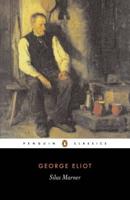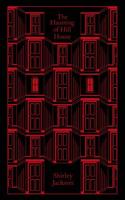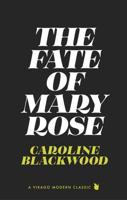Publisher's Synopsis
A few steps from the St. Charles Hotel, in New Orleans, brings you to and across Canal street, the central avenue of the city, and to that corner where the flower-women sit at the inner and outer edges of the arcaded sidewalk, and make the air sweet with their fragrant merchandise. The crowd-and if it is near the time of the carnival it will be great-will follow Canal street. But you turn, instead, into the quiet, narrow way which a lover of Creole antiquity, in fondness for a romantic past, is still prone to call the Rue Royale. You will pass a few restaurants, a few auction rooms, a few furniture warehouses, and will hardly realize that you have left behind you the activity and clatter of a city of merchants before you find yourself in a region of architectural decrepitude, where an ancient and foreign-seeming domestic life, in second stories, overhangs the ruins of a former commercial prosperity, and upon everything has settled down a long Sabbath of decay. The vehicles in the street are few in number, and are merely passing through; the stores are shrunken into shops; you see here and there, like a patch of bright mould, the stall of that significant fungus, the Chinaman.









